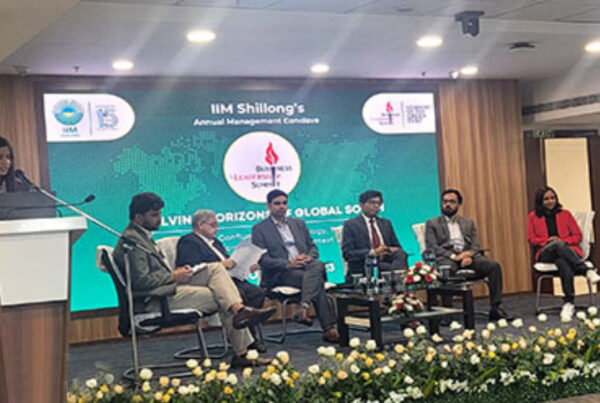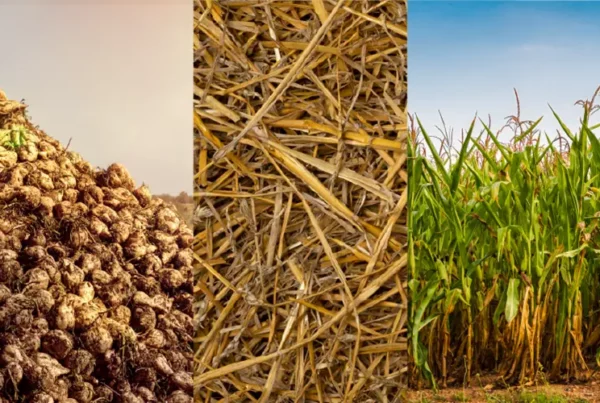
The first half of 2020 saw large scale disruptions in the production of iron ore, with Australia (world’s top producer) being affected by cyclone and Brazil due to heavy rainfall followed by Covid-19. Other producers, such as South Africa and Peru also faced issues due to closure of mines during the pandemic. This adversely impacted the global supply of iron ore.
Recently, Vale (iron ore mine in Brazil) also reduced its 2020 production forecasts for iron ore to 300- 305 Mn tonnes from previously forecasted 310-330 Mn tonnes owing to various supply disruptions faced during this year.
On the demand side, the rally for iron ore has been driven by a combination of massive Chinese government spending to promote economic recovery from the pandemic into large scale industrialisation. The price of iron ore has also increased due to recuperating profits for the Chinese steel industry and rising demand for steel products from the construction and manufacturing sectors.
All these supply and demand factors have collectively led to an increase in the price of iron ore. On 9th December 2020, Benchmark 62% Fe fines were imported into Northern China at US$ 156.60 a tonne which was the highest level for iron ore since March 2013. Whereas, prices for 65% Fe fines jumped to US$ 161.90 per tonne, with both grades up more than 20% just over the last month.
Way Ahead
The iron ore stocked up at Chinese ports has been falling sharply since early November, indicating strong demand for the metal in the immediate shortterm future. Many steel mills in China have also upgraded their facilities in order to comply with the anti-pollution requirements in place. Hence, steel production in China will continue to remain high over the entire winter season. Other major economies like India, South Korea and Japan have also ramped up their steel productions to make up for lost time during lockdown.
The market may subside if there is any sign of China’s steel sector slowing its output, which would only happen if the stimulus spending and manufacturing recovery started to fade. Thus, as supply improves and demand slows down over the course of 2021, we expect the prices to come under pressure.
Additionally, a quick rollout of the vaccine can see a more robust recovery in demand, it may keep prices well above US$ 100 per tonne until end of Q2 2021. Earlier in October 2020, The National Standard Formation Committee of China had mentioned that China will release new standards for steel scrap imports for steel by end of this year and reclassify good quality steel scrap as resource. Therefore, lifting the import of high-quality steel scrap by the end of Q2 2021. This will provide increased bargaining power to the iron ore buyers. Another important factor is the trade war between China and Australia. If the situation escalates and China decides to regulate Australian iron ore import, it will depend on Brazil and South Africa for iron ore supply, which won’t be enough. Following which, iron ore prices will skyrocket. The Australian iron-ore may fetch a lower price due to low demand.
China is also looking for alternate sources, such as the interior of Guinea, in West Africa to address its ever-increasing iron ore demand. However, this will require large scale investments for mining and logistics and require 5 to 10 years for the supply to materialize.
Domestic Outlook (India)
India is an opportunistic exporter of iron ore and enters the market only when there is a supply constraint or higher demand, to take advantage of higher prices, given the relatively high cost of mining, transportation and tariff barriers on iron ore. Hence, owing to the strong demand from China, India has exported over 30 Mn tonne iron ore in FY20 (April 2019-March 2020), out of which over 80% of total exports were to China alone.
If the prices of iron ore continue to increase domestically due to supply shortage, many producers may buy or import scrap as an alternative, which is accessible at a relatively economical price. The domestic iron ore supply, particularly in the Eastern part of India has been affected as the merchant mines changed hands and have not reached their full production levels yet. Artificial scarcity is created by auctioning only a few blocks at a time. Out of Odisha’s 19 auctioned iron ore mines this year, only five are operational. This has resulted in iron ore shortage, in turn leading to a surge in the domestic IO prices.
Mining is set to resume at Donimalai mines in Karnataka. This is expected to boost India’s annual iron ore production by 7 Mn tonnes per annum that will bring down iron ore prices.
Worried over the high price of iron ore, India’s steelmakers have appealed to the government to stop IO exports so that domestic needs can be addressed. However, if the government puts brakes on iron ore exports, even the loss of a few Mn tonnes may put more pressure on the global market.
Conclusion
AGR estimates that iron ore prices will stay upwards of US$ 130 per tonne until early next year (Q1 2021). Improvement in supply from Brazil and reduced demand from China may lead to reduced prices. However, prices may remain well above US$ 100 per tonne until the end of Q2 2021.
Melwyn Viegas & Ankur Rastogi
melwynv@avalonglobalresearch.com
ankurr@avalonglobalresearch.com (For Avalon Global Research)






